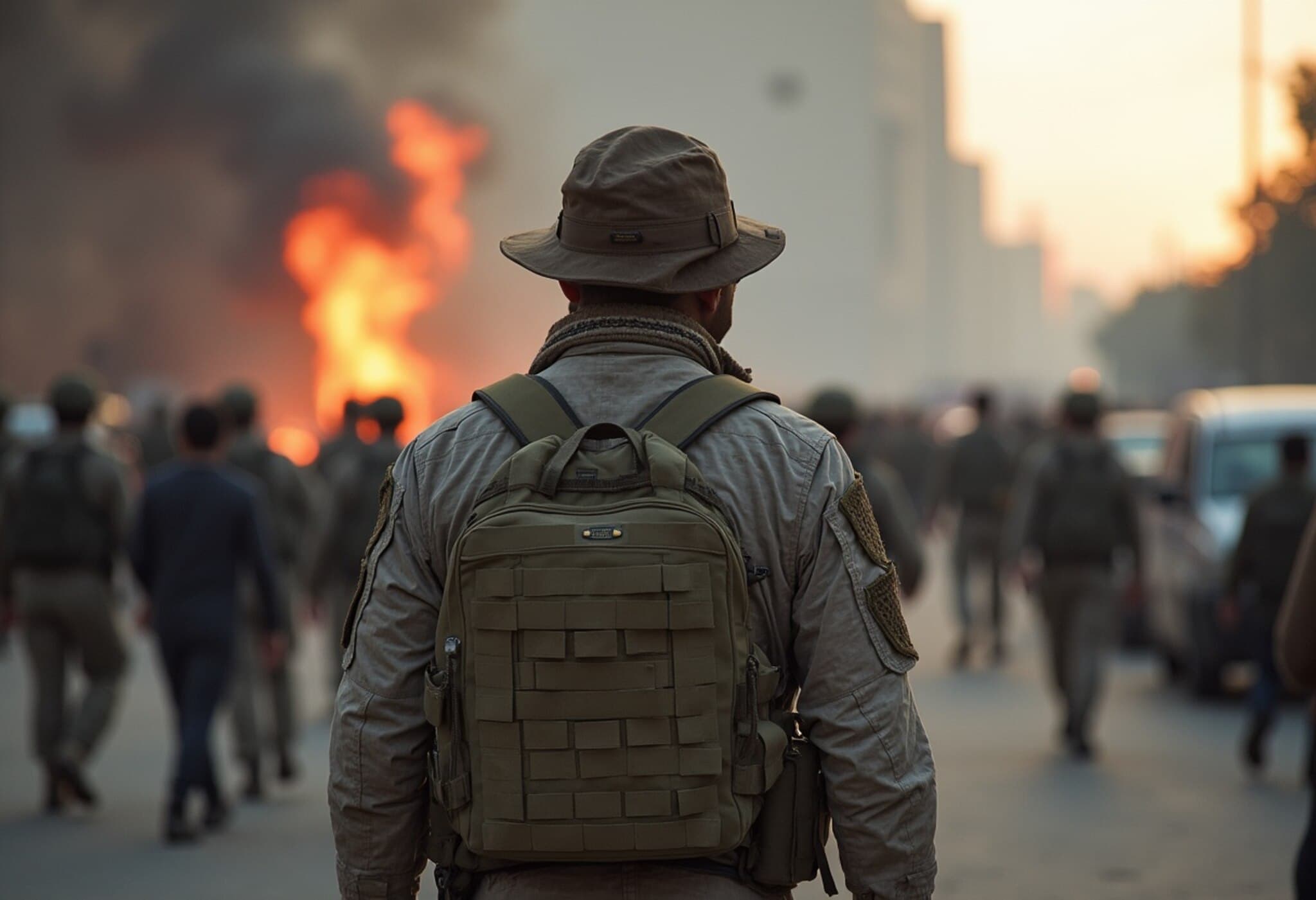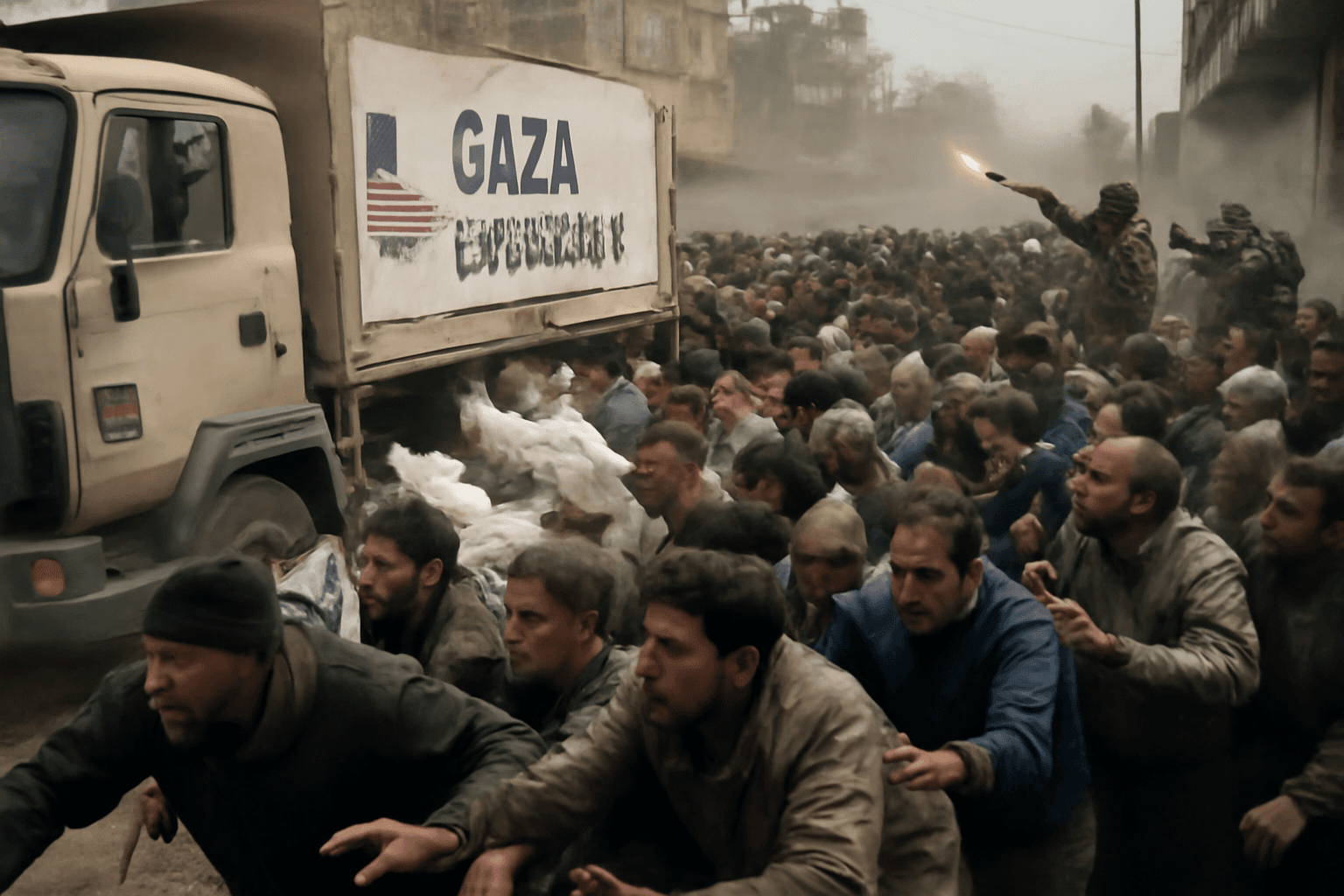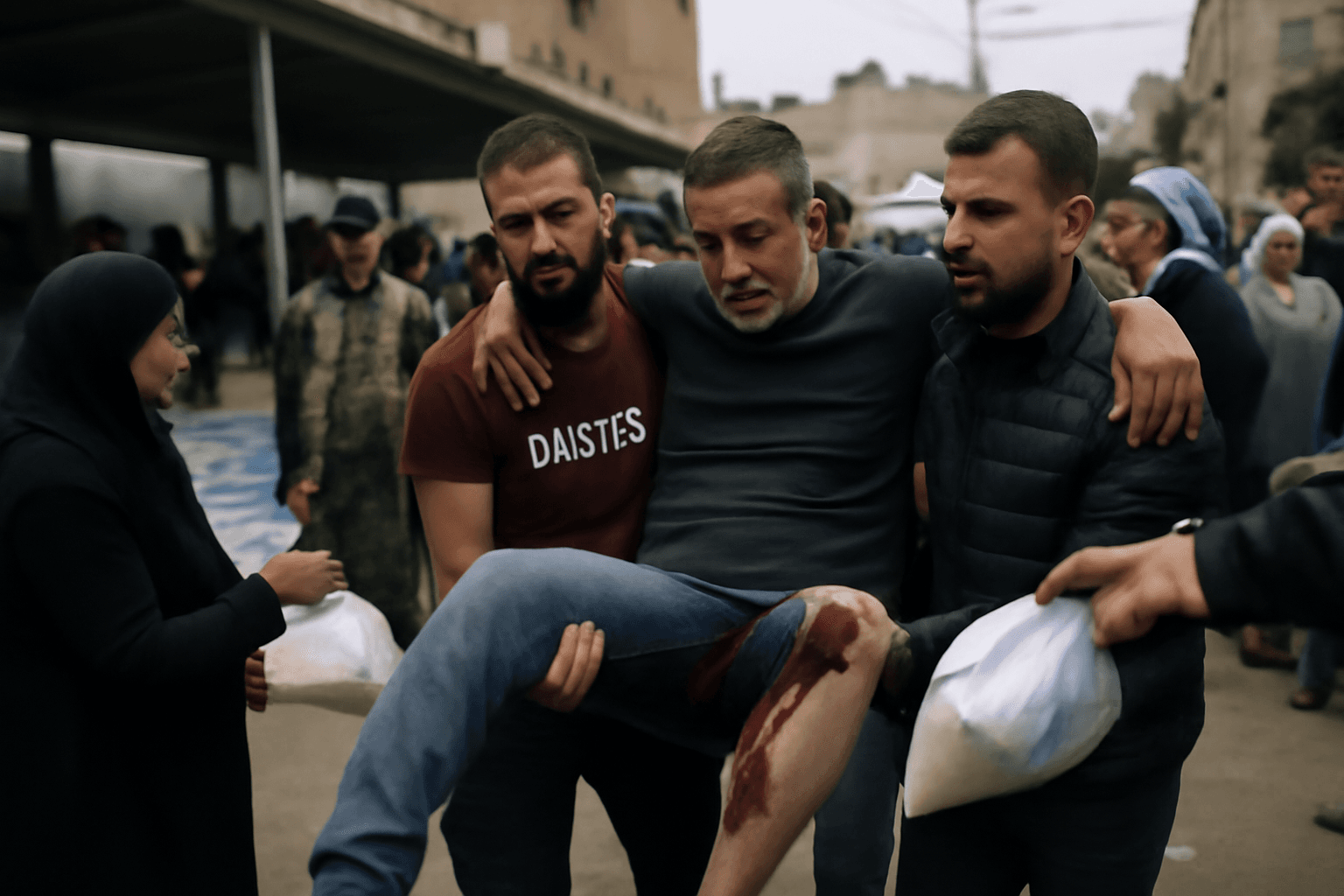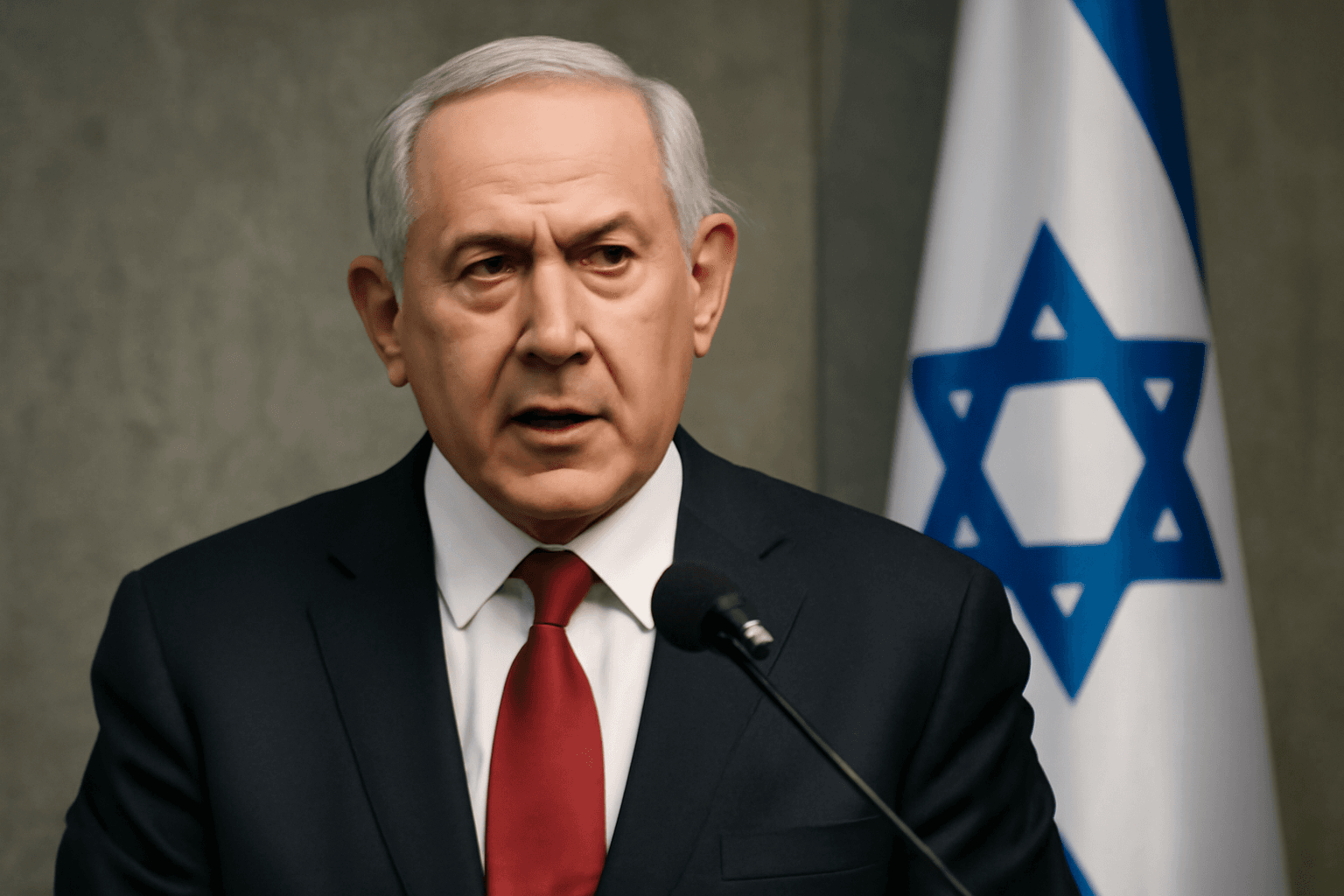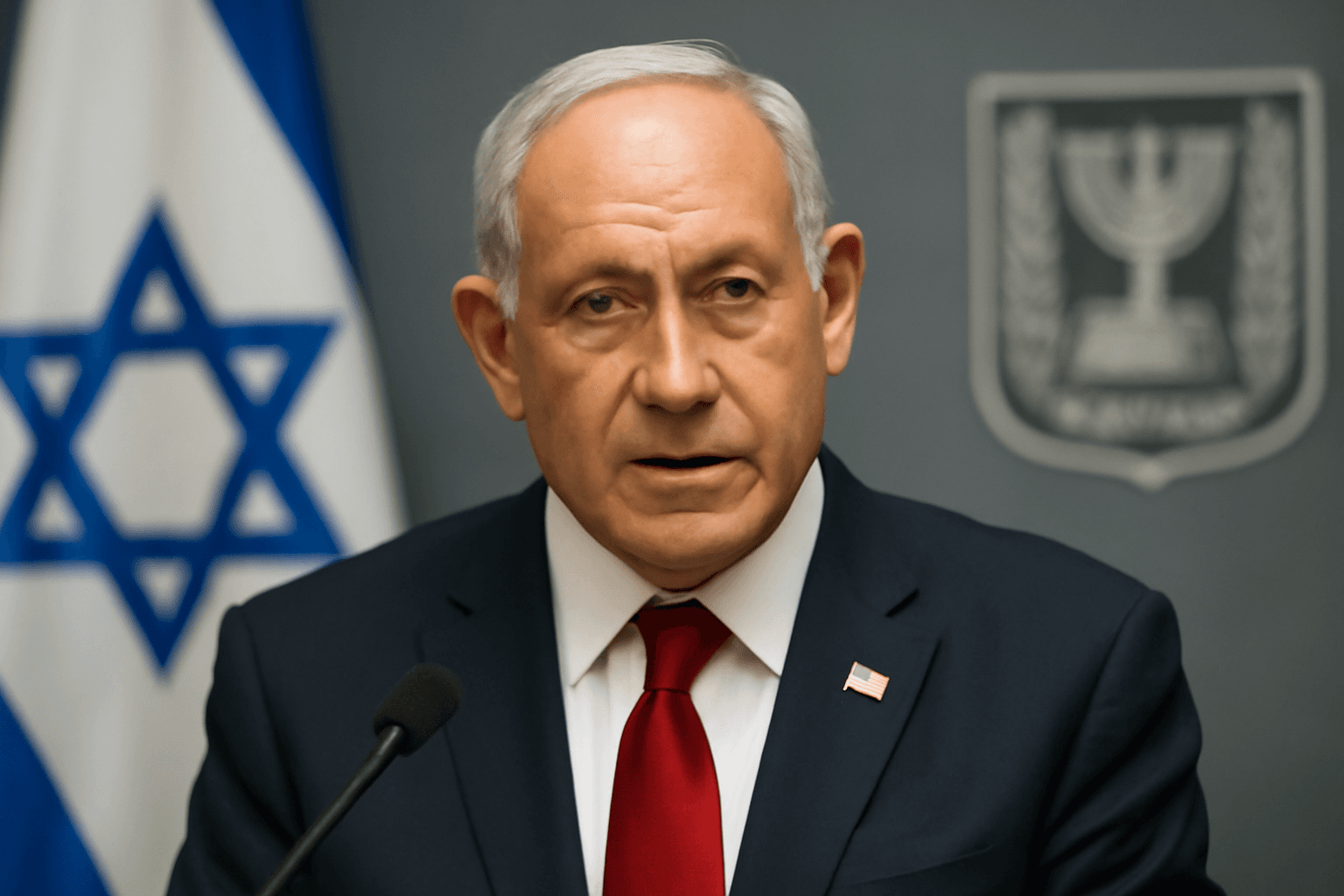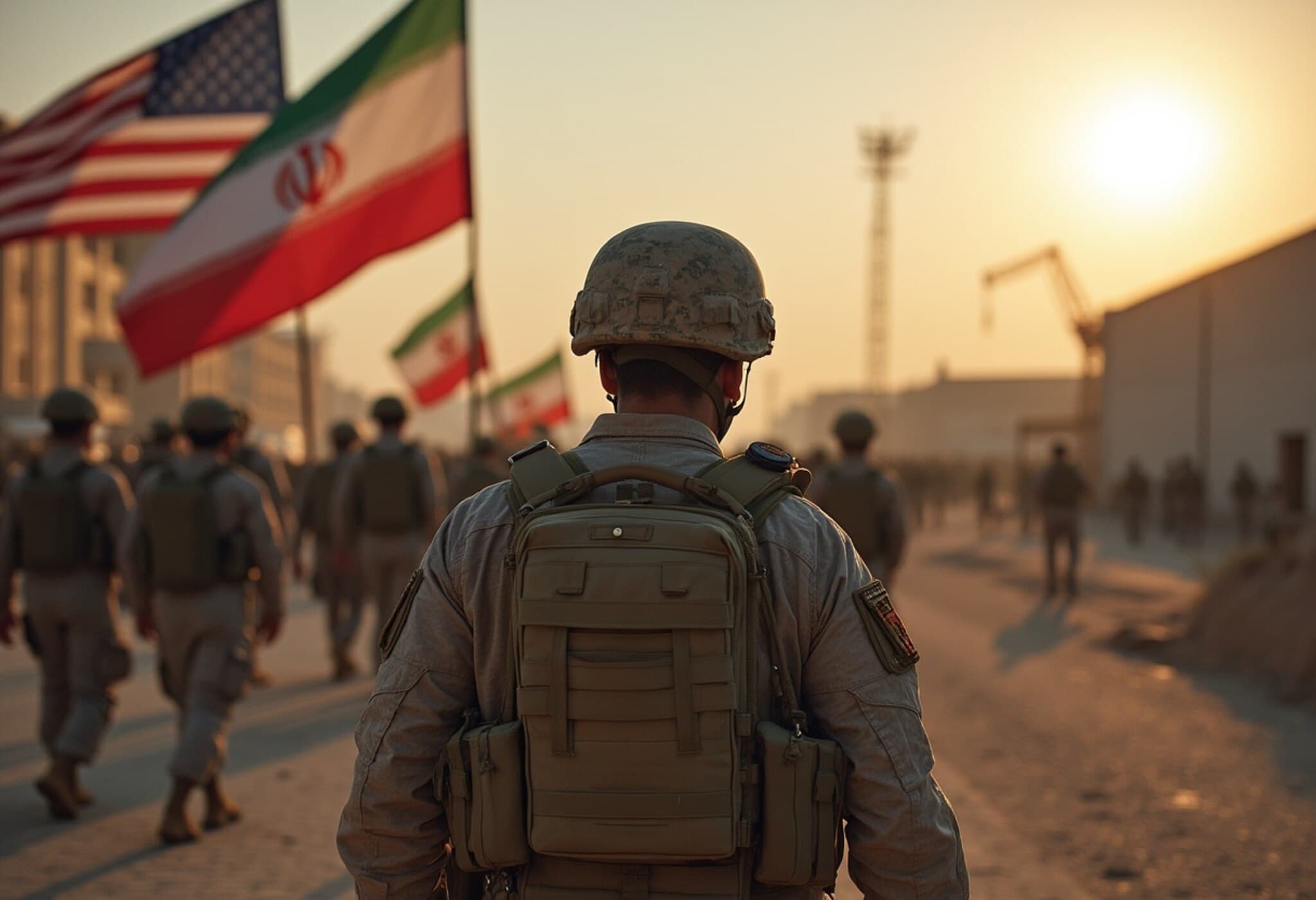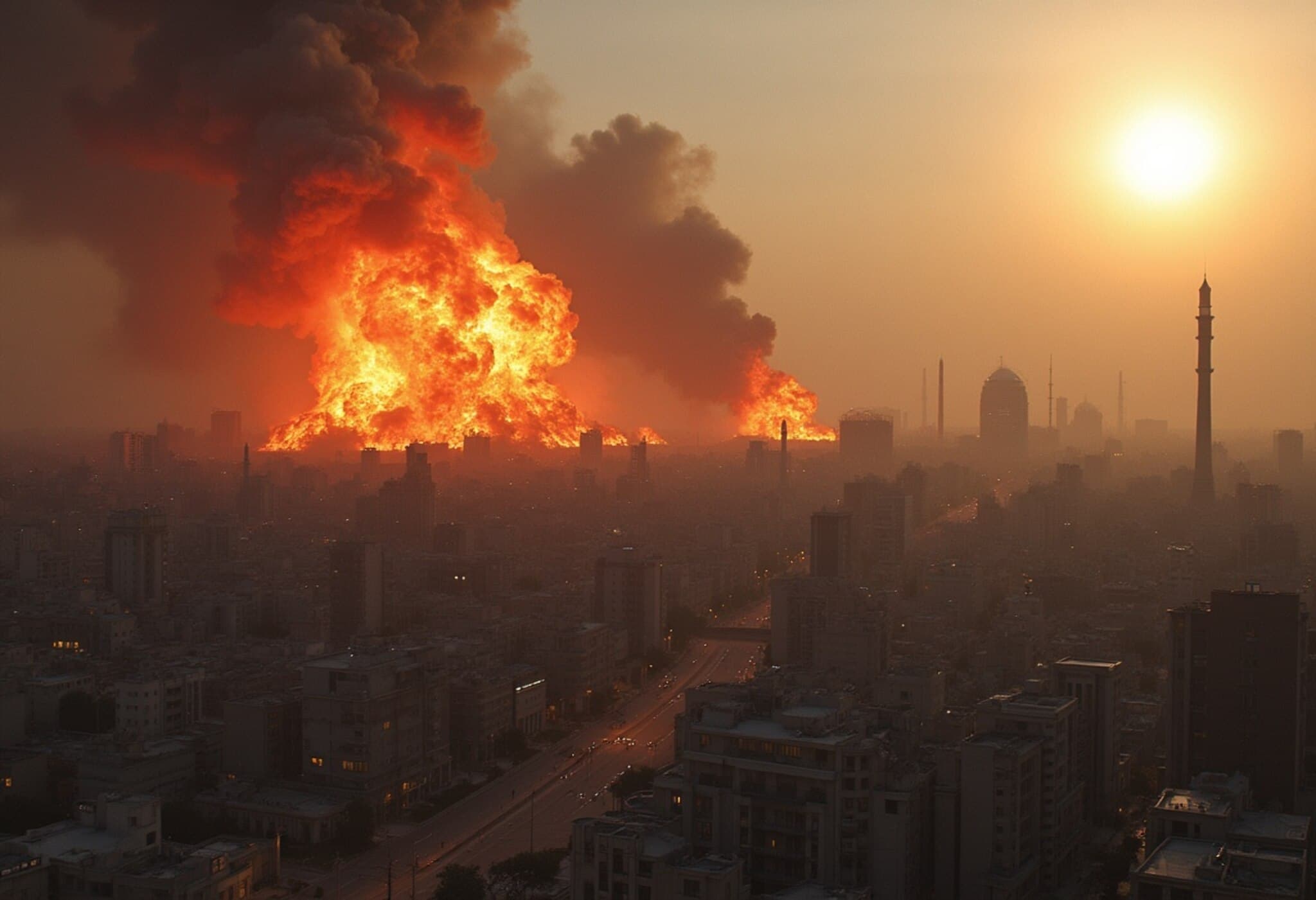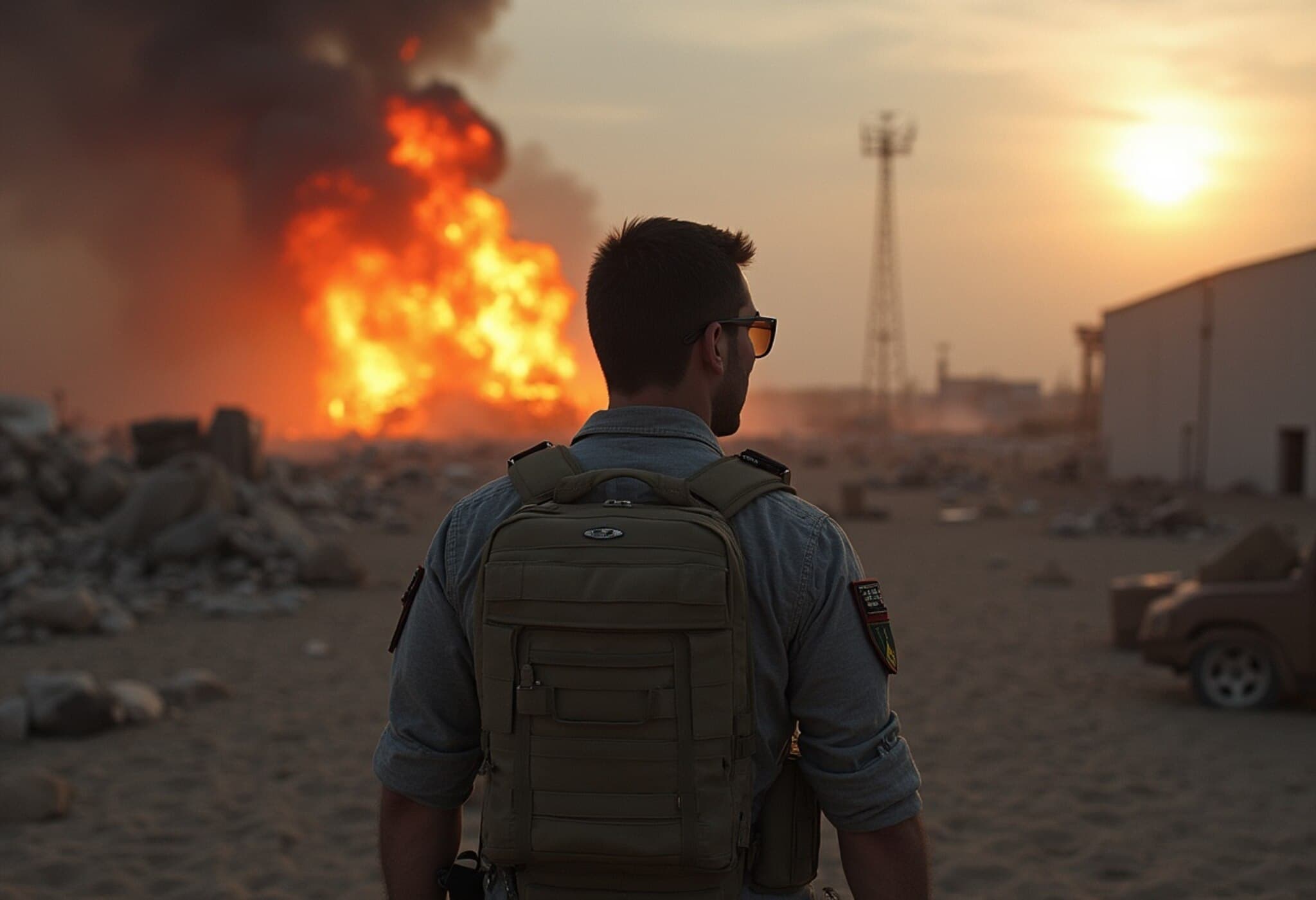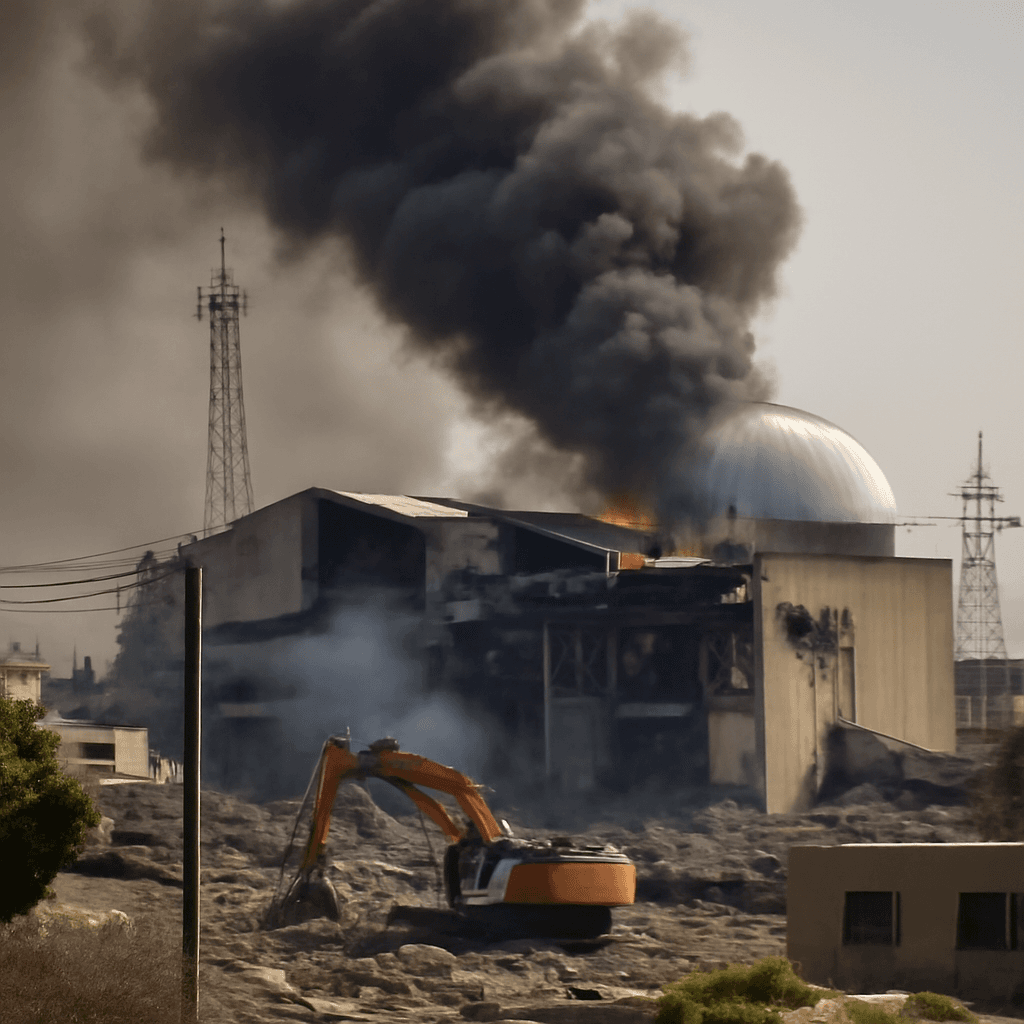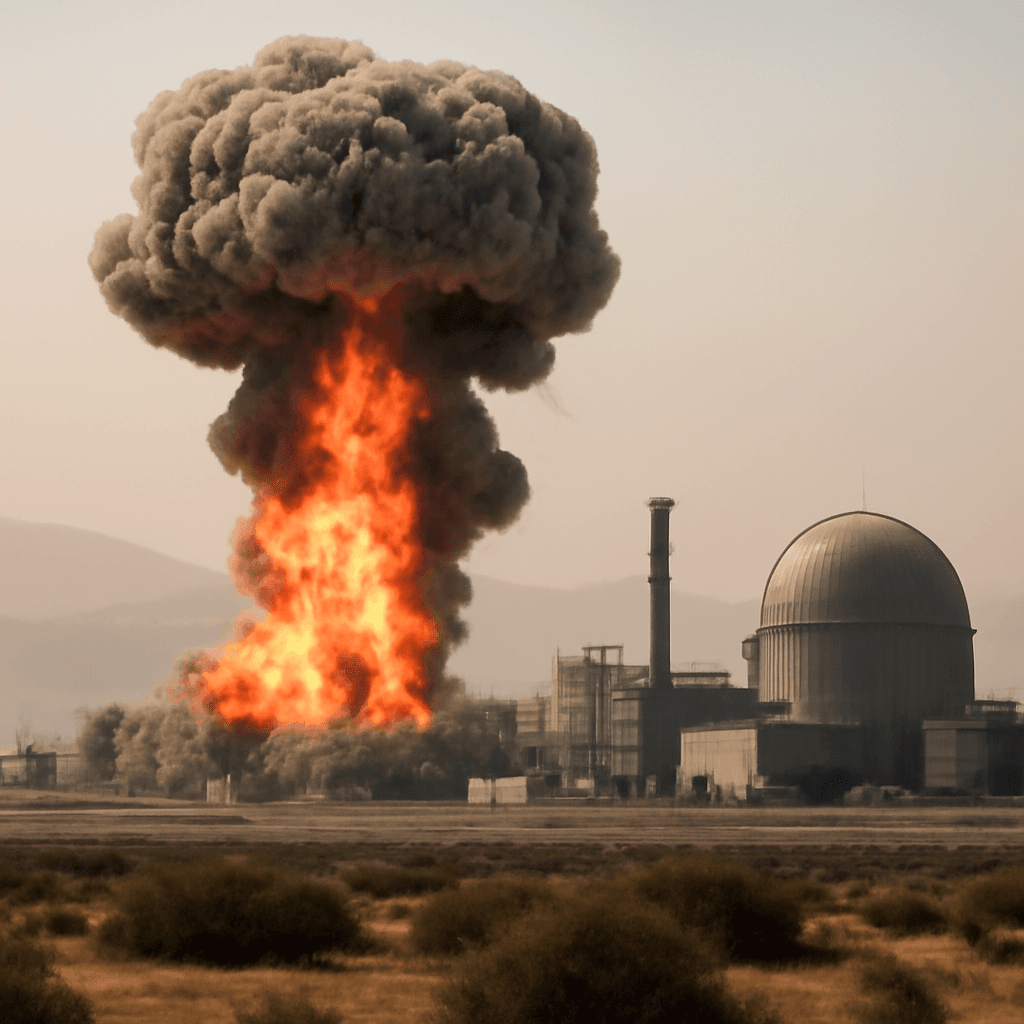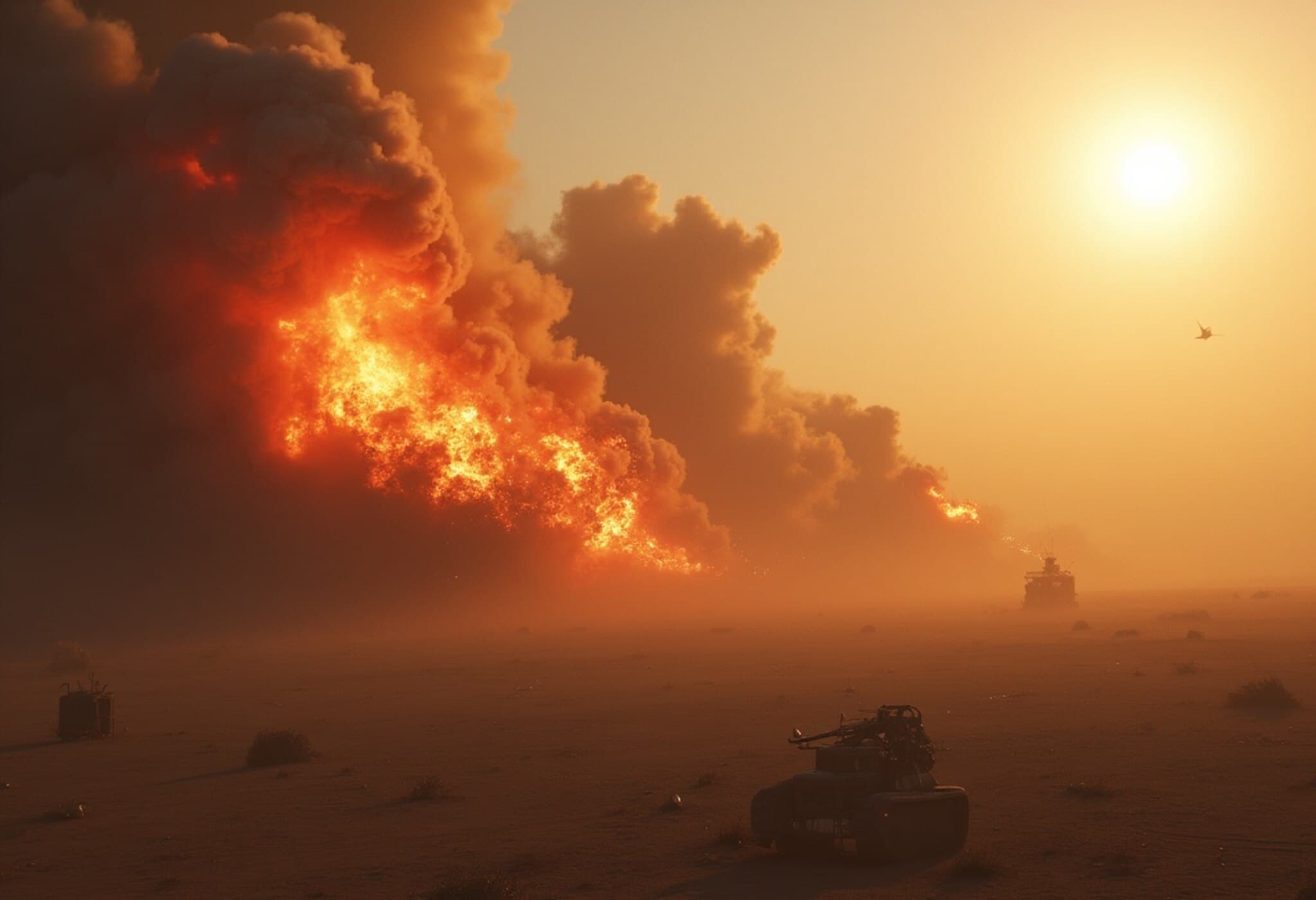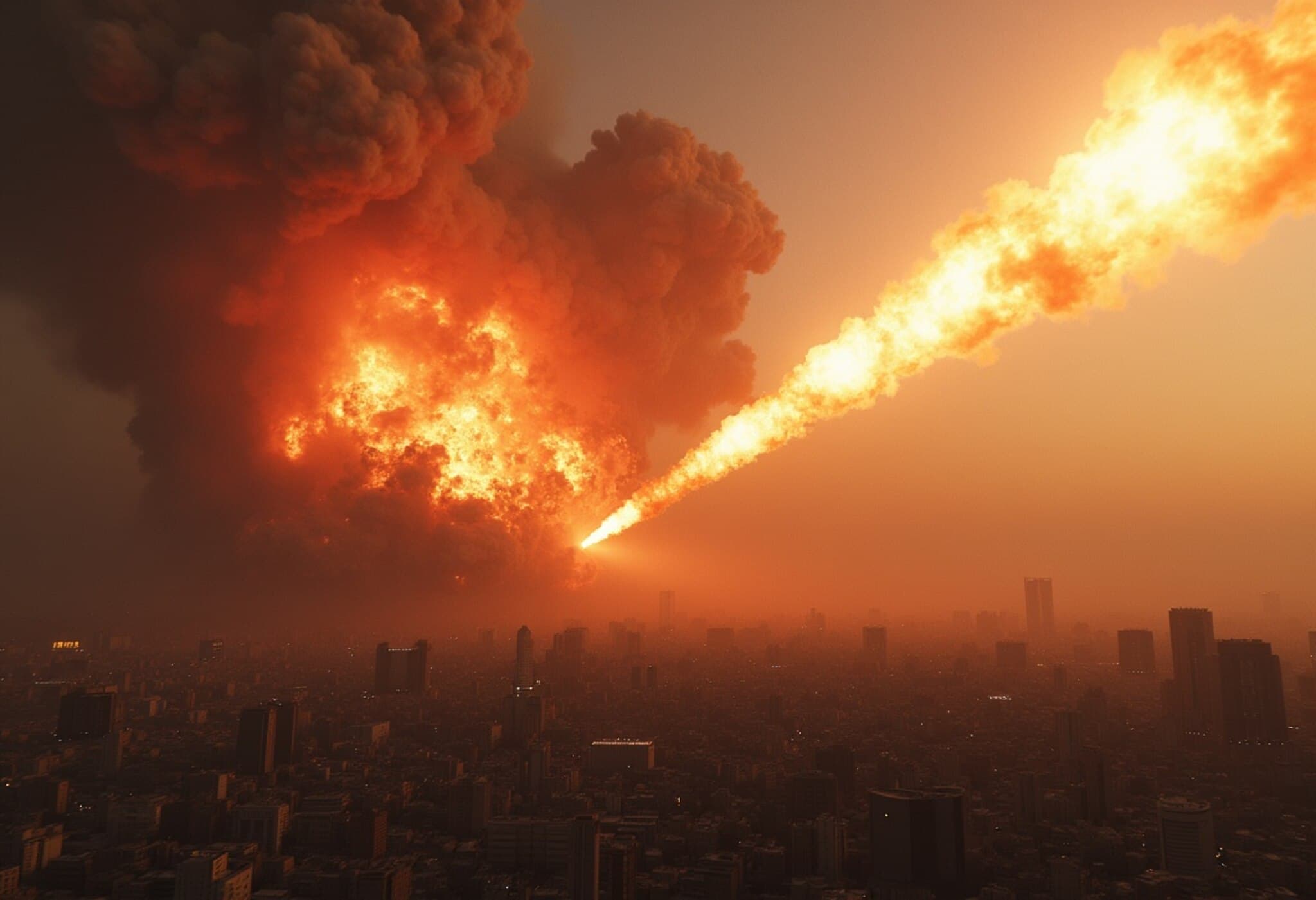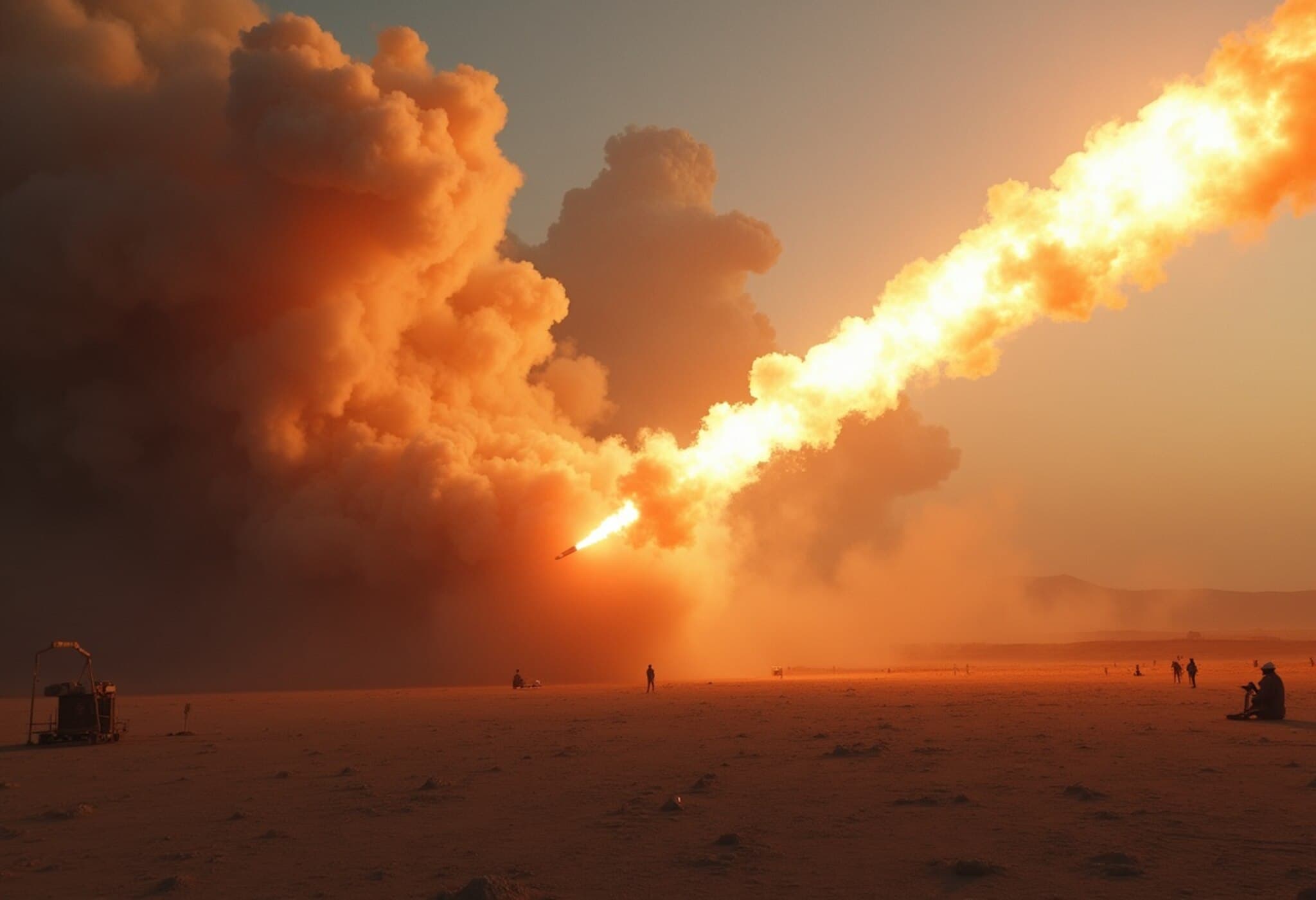US Begins Partial Withdrawal of Troops and Embassy Staff from Middle East
Heightening tensions with Iran have prompted the United States to initiate a partial withdrawal of military personnel and non-essential embassy staff from key locations in the Middle East. President Donald Trump described the region as “a dangerous place” and reaffirmed America's firm stance against Iran acquiring nuclear capabilities.
Partial Evacuation in Baghdad Signals Growing Concern
The US embassy in Baghdad, Iraq’s capital, is currently undergoing a partial evacuation. Non-essential embassy staff and their families have been ordered to leave amid escalating concerns over regional security. While officials have not detailed the specific threats triggering this move, the situation has contributed to a sharp rise in global oil prices, spiking more than 4%.
White House spokeswoman Anna Kelly noted that the State Department routinely reviews the status of personnel abroad, and recent developments necessitated this adjustment. President Trump emphasized the gravity of the security risks, stating, “We’ve given notice to move out because it could be a dangerous place.”
Broader Regional Implications and US Travel Advisories
Alongside Iraq, the US has authorized voluntary departures from other Gulf states including Bahrain and Kuwait. Despite the authorizations, the US embassy in Kuwait remains fully operational, with no changes to its staffing.
The State Department updated its travel advisory urging non-emergency departures due to mounting regional tensions. These moves come amid ongoing conflict in the Middle East, particularly the prolonged Israel-Gaza conflict that has already strained regional stability over the past 18 months.
Focused on Iran’s Nuclear Ambitions
At the core of these developments lies the contentious issue of Iran’s nuclear program. President Trump expressed skepticism about the prospects of securing a peaceful deal with Tehran, indicating diminishing confidence in negotiations. The US demands an immediate halt to uranium enrichment activities that could facilitate Iran’s development of nuclear weapons. In return, America is prepared to consider lifting existing economic sanctions.
However, progress appears stalled, with intelligence reports suggesting that Israel is gearing up for potential strikes on Iran’s nuclear facilities. The US has warned that failure to reach a deal could trigger direct military action. Iranian Defense Minister Aziz Nasirzadeh responded with defiant rhetoric, pledging swift retaliation against US bases in the region if Iran is attacked.
What This Means Moving Forward
- Regional stability remains fragile amid ongoing conflicts and diplomatic deadlock.
- The partial withdrawal signals heightened caution by the US, prioritizing personnel safety.
- Escalations could impact global energy markets, as reflected in recent oil price jumps.
- Diplomatic efforts over Iran’s nuclear program face significant hurdles with rising hardline threats.
As the situation evolves, close attention will be on how diplomatic channels and military postures adjust amid the complex geopolitical landscape of the Middle East.

